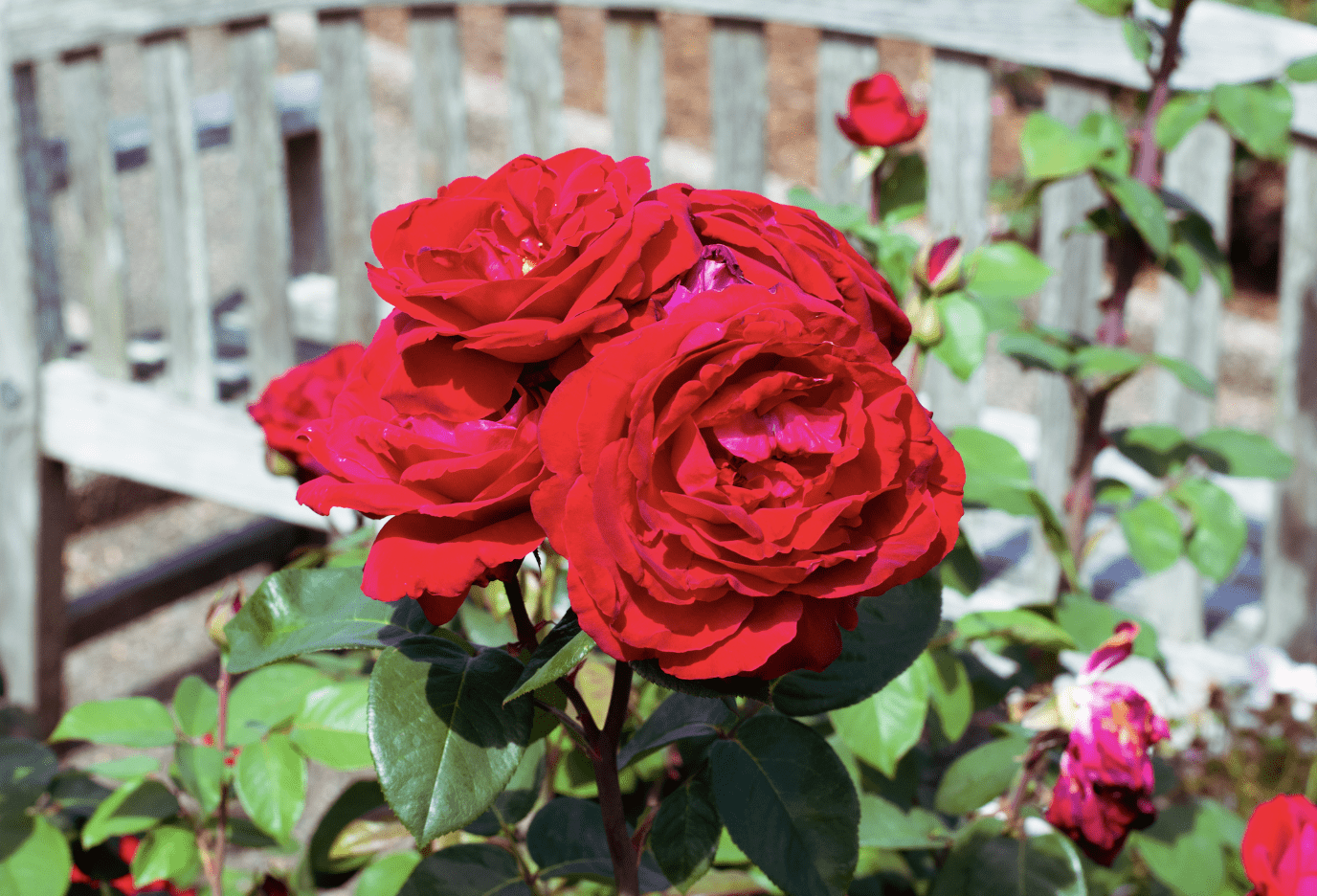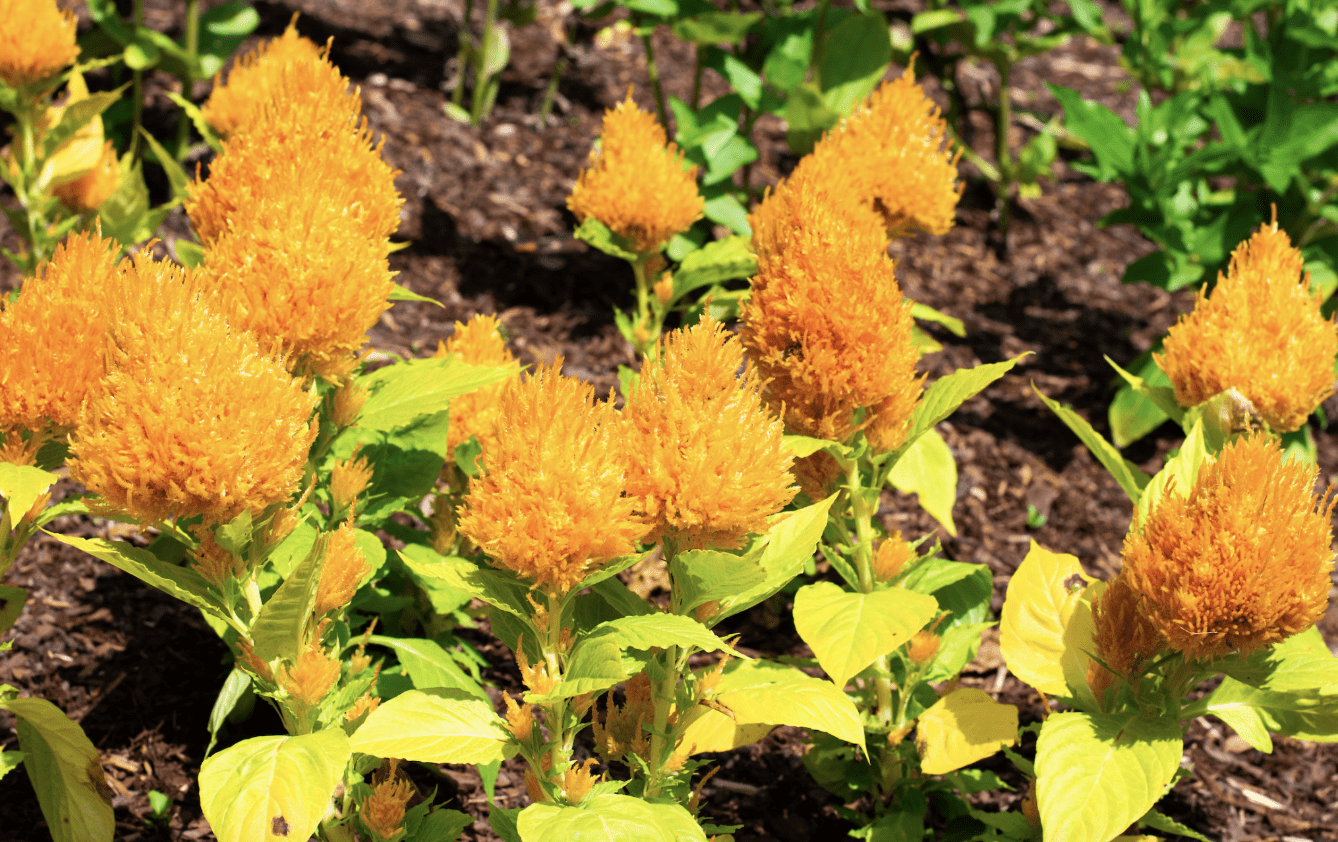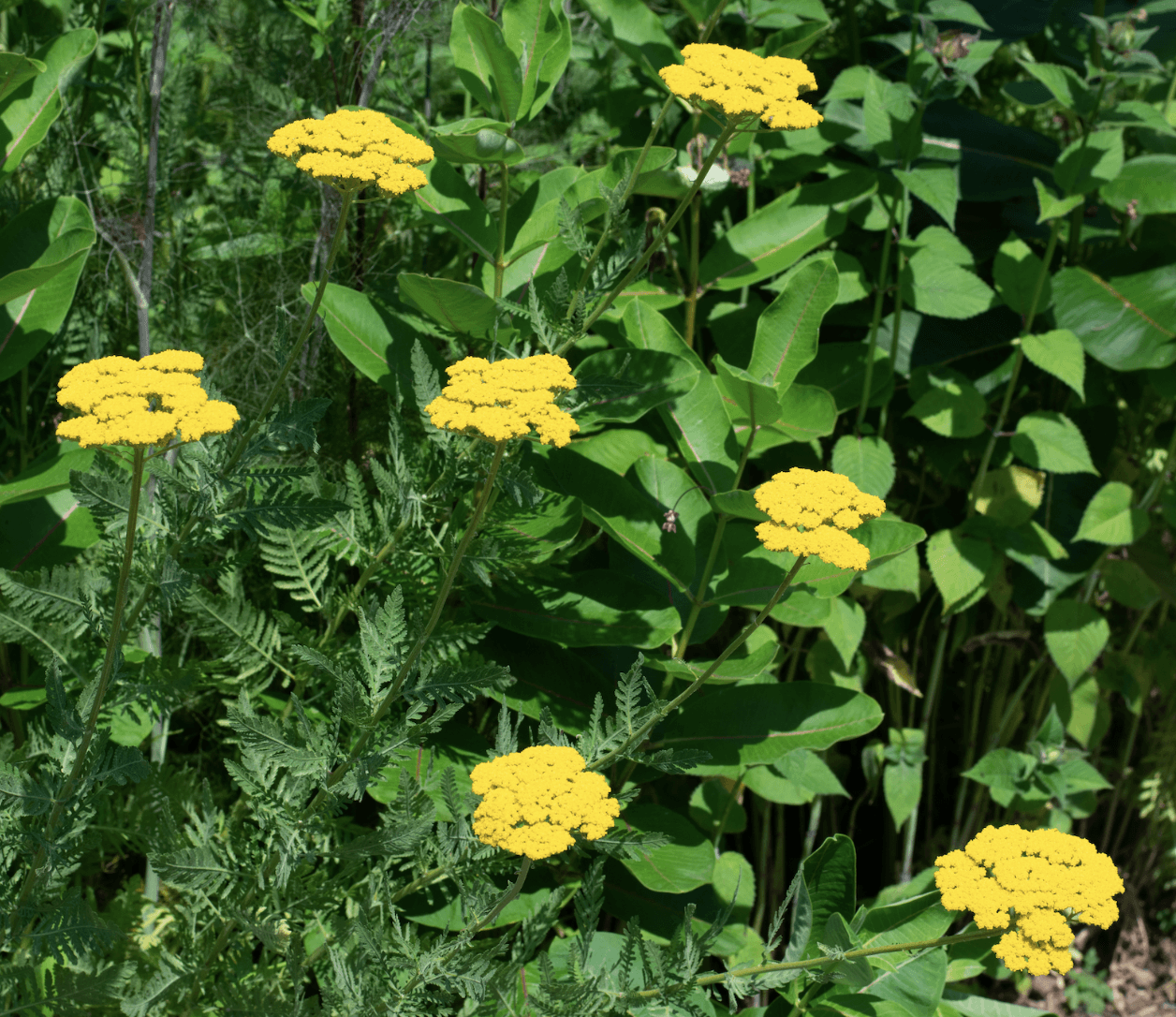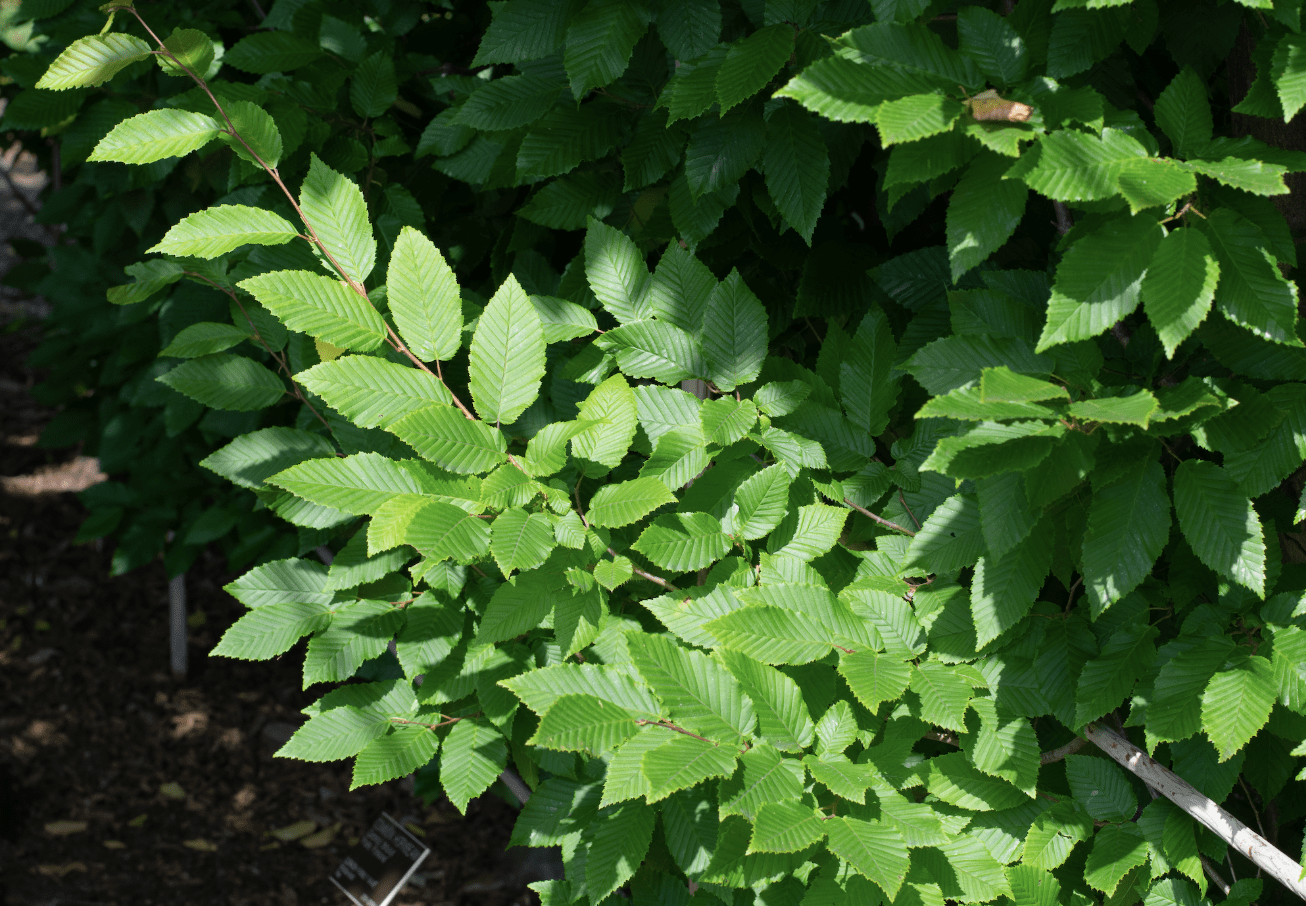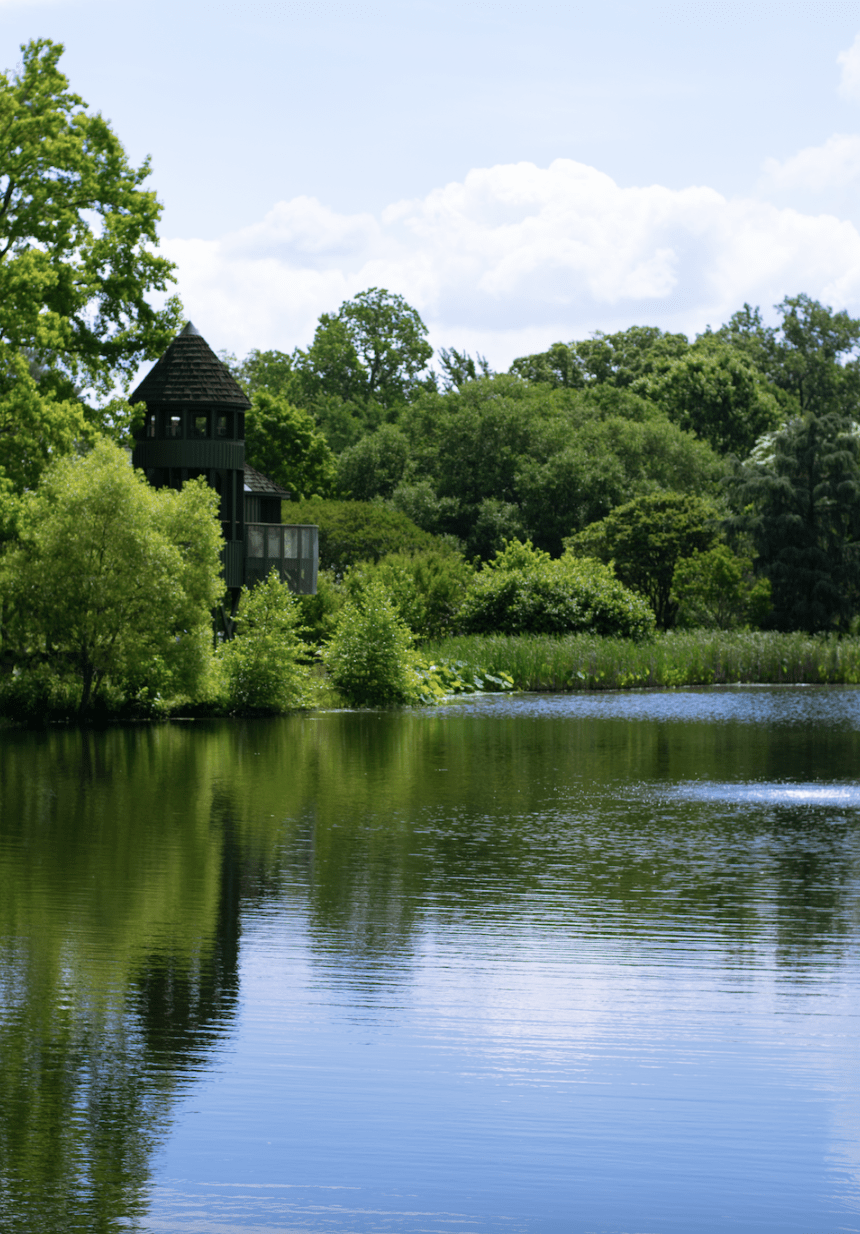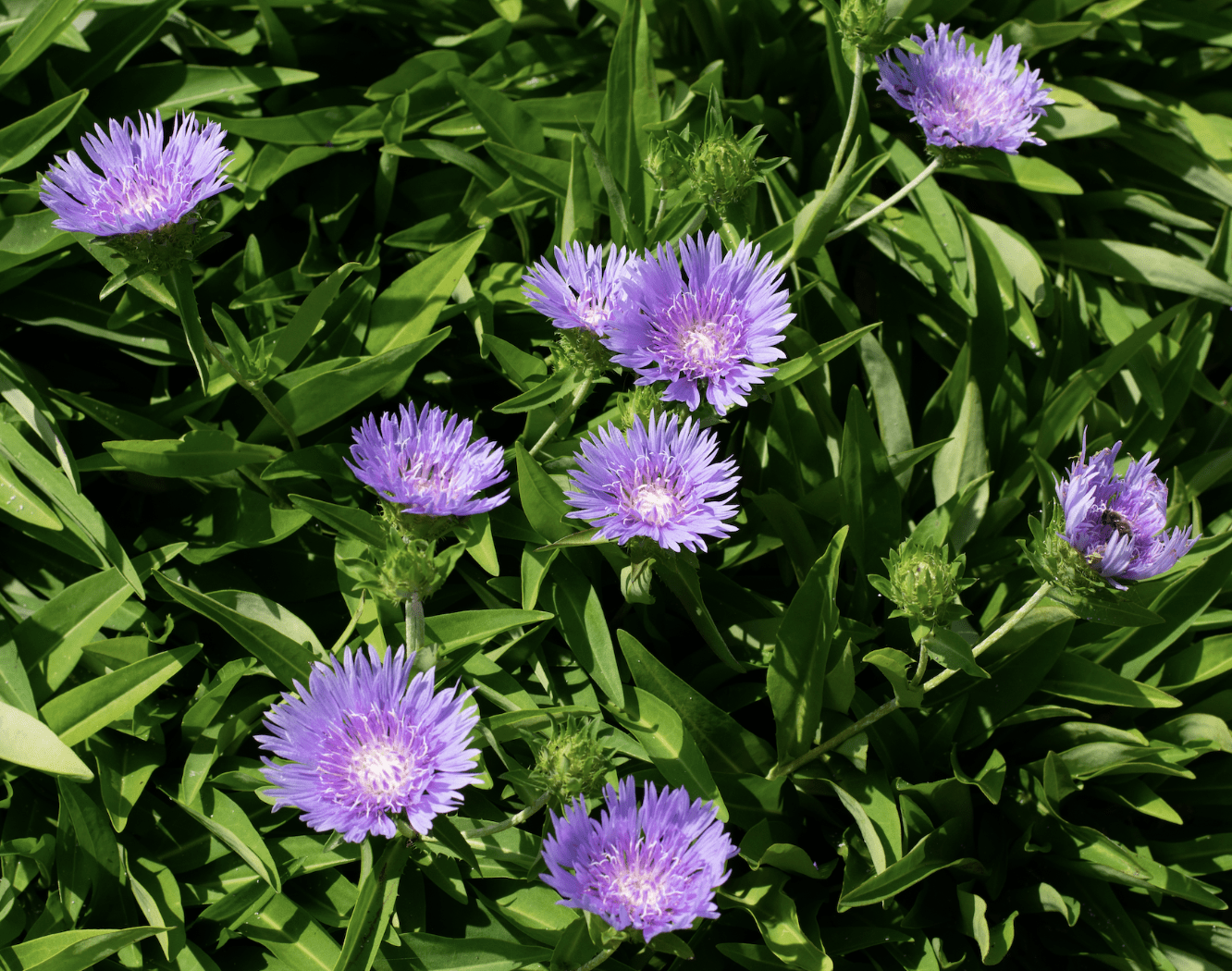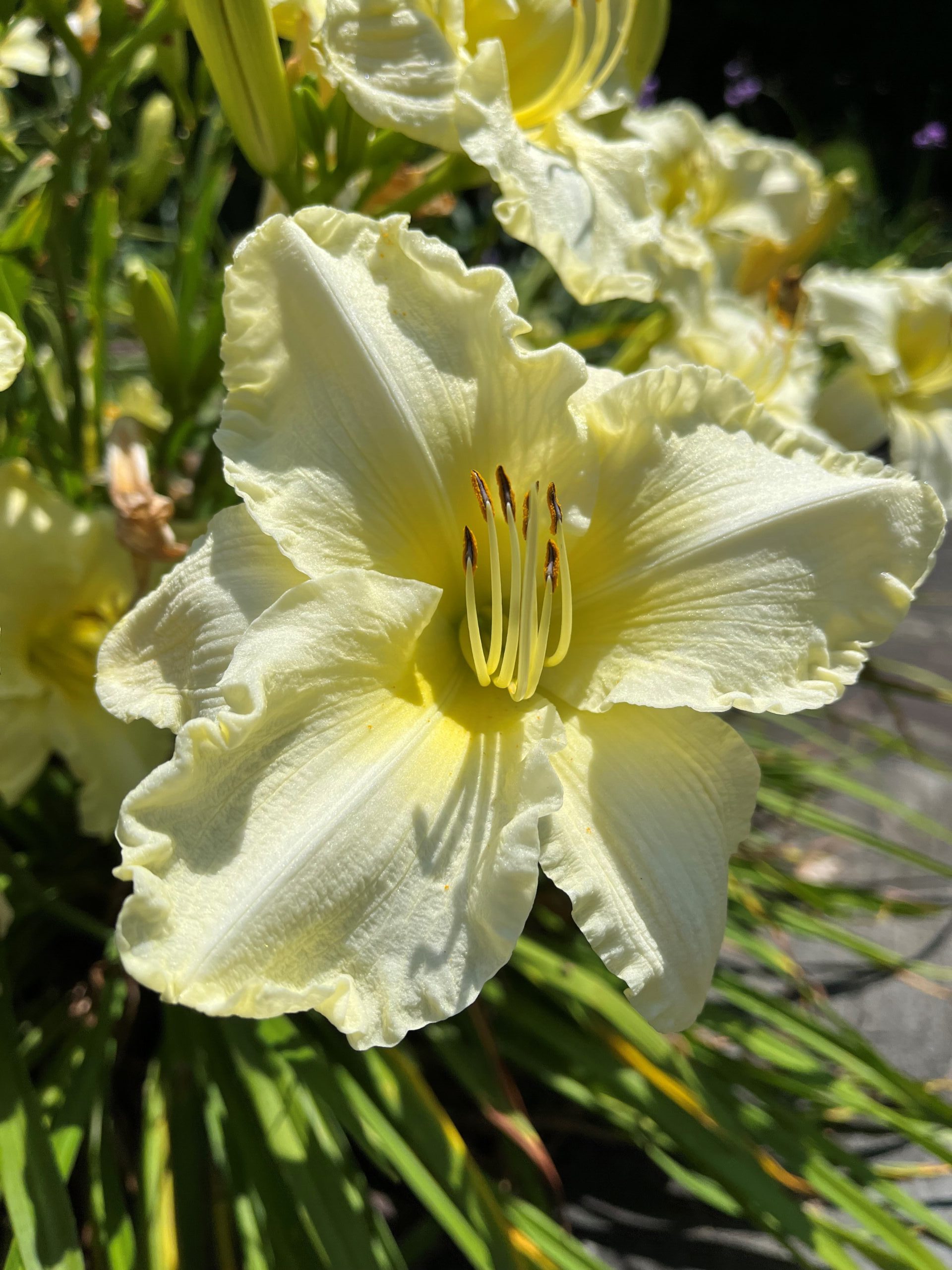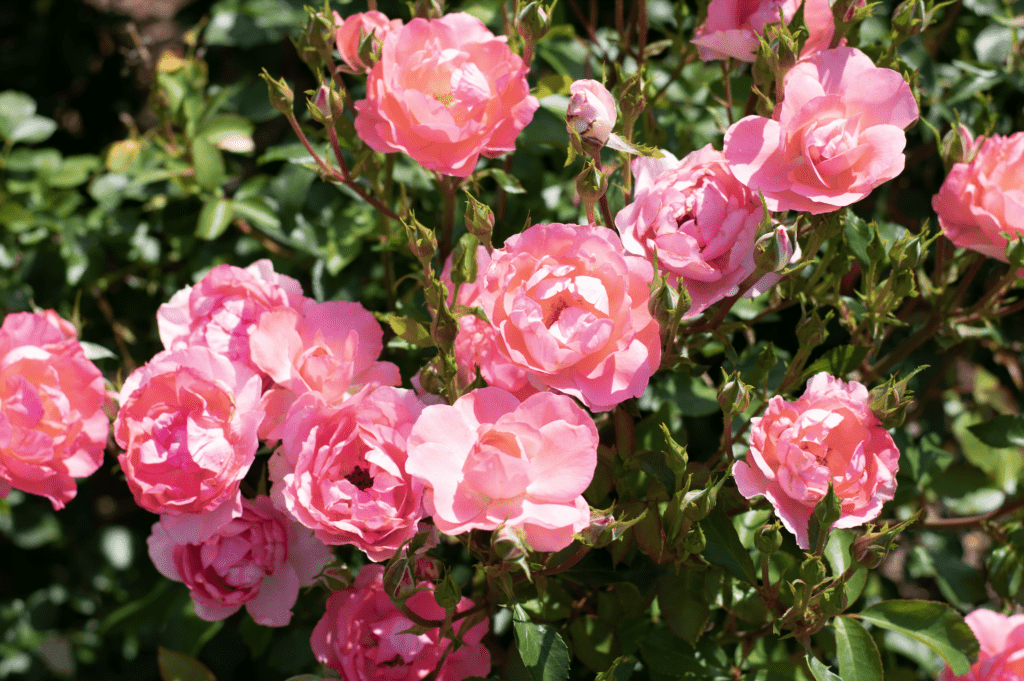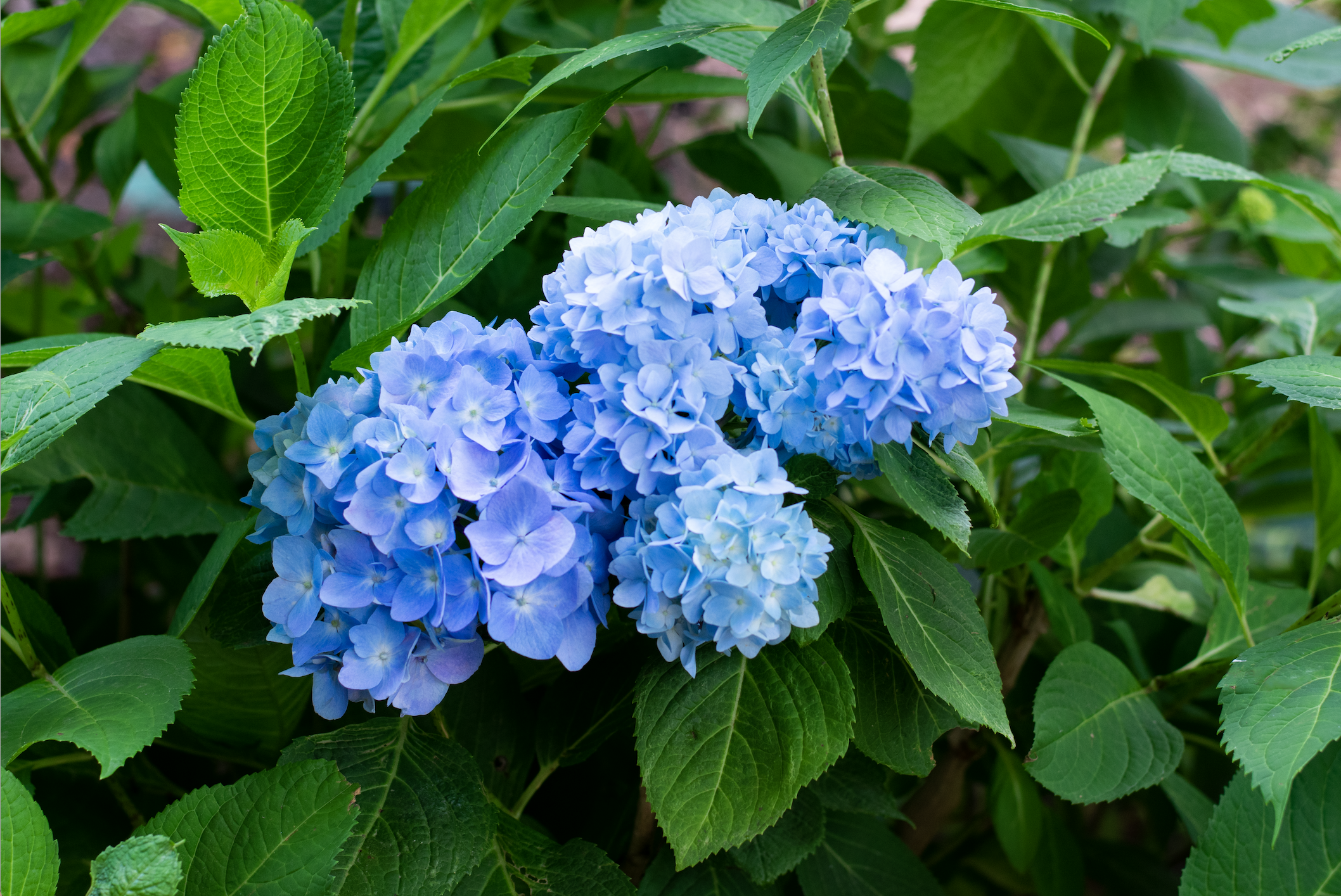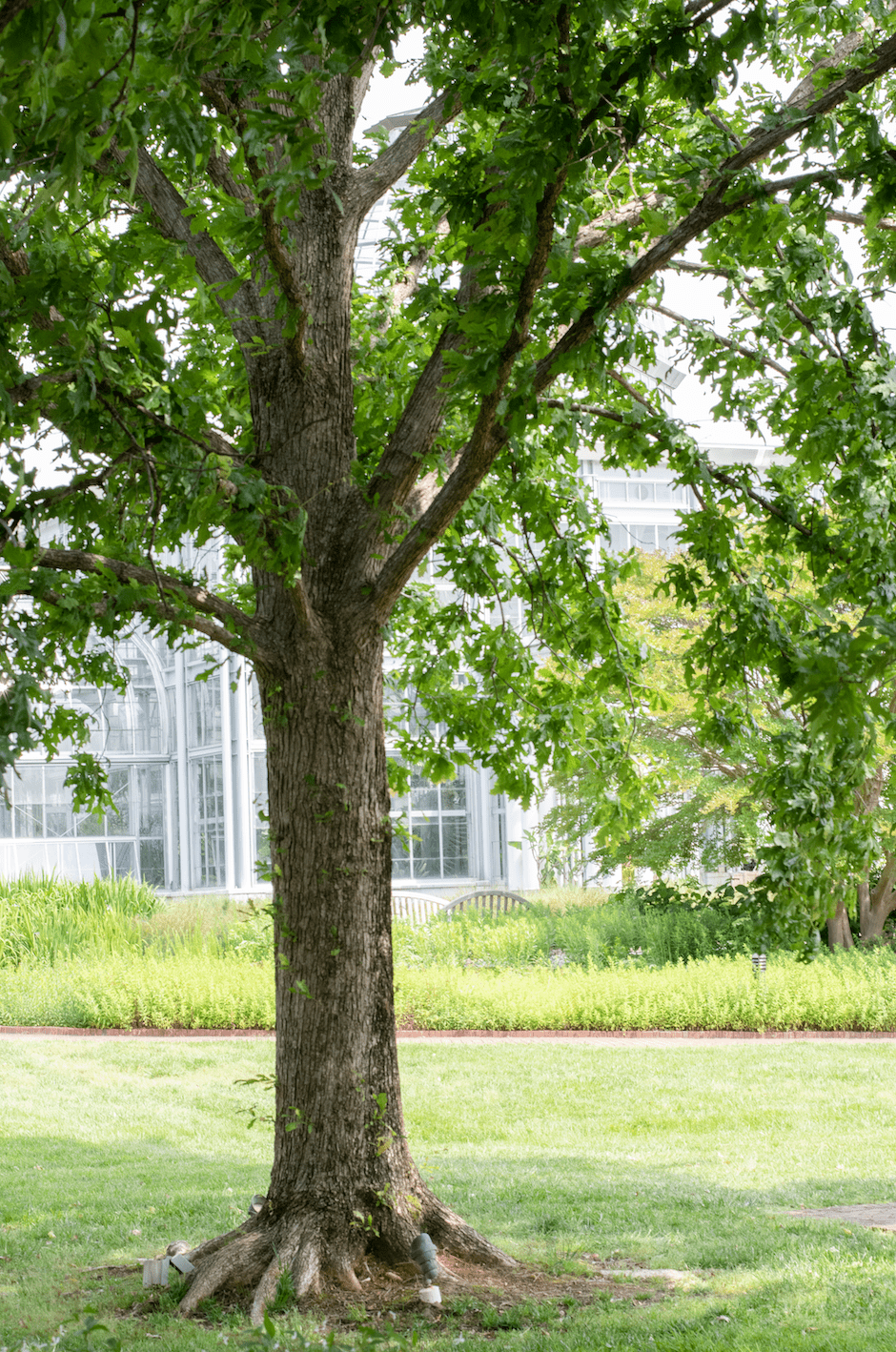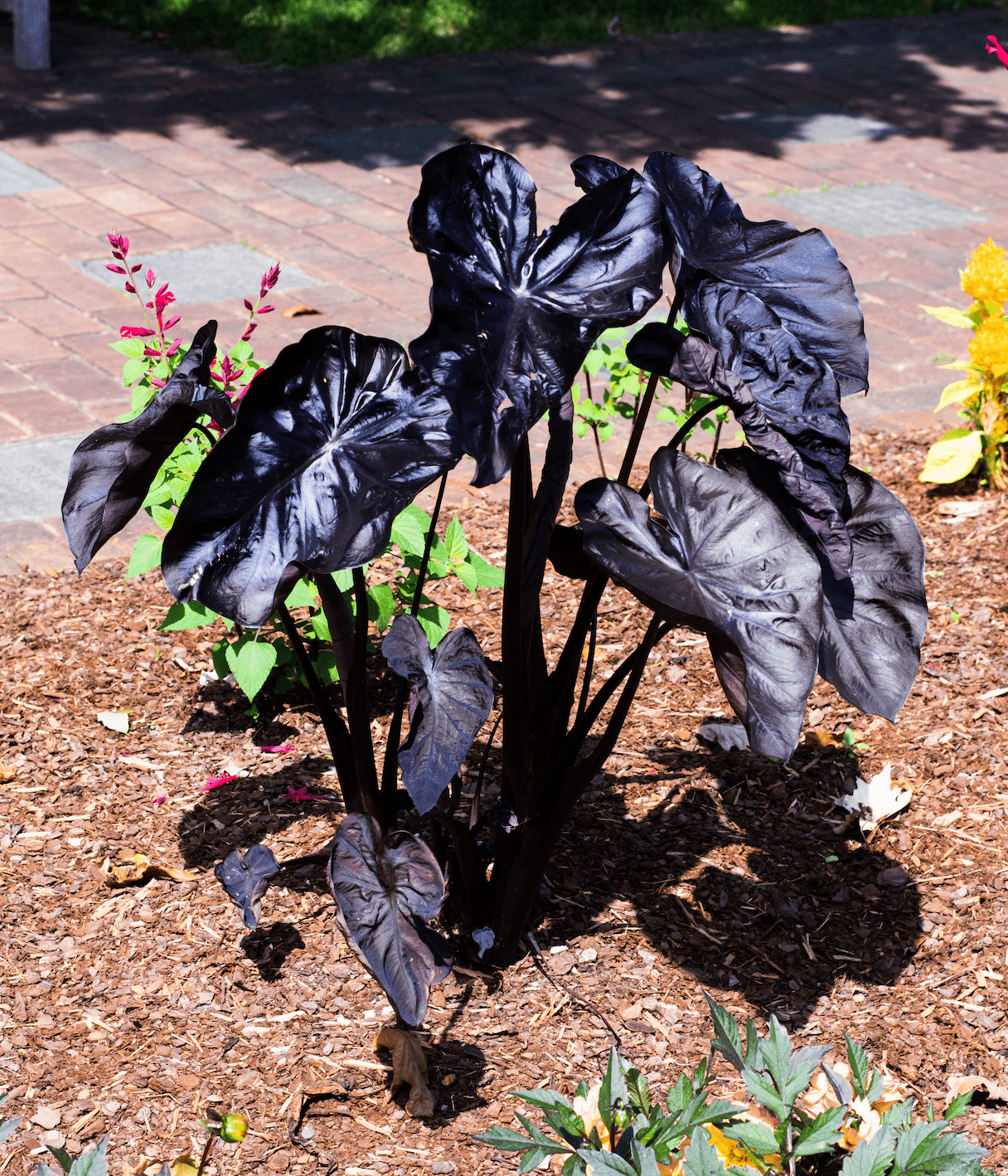2023 June Pride Blooms
June is an exhilarating month at the Garden as the summer blooms begin to blossom and we celebrate Pride Month! June is an incredible time to visit the Garden. Everywhere you turn is sparkling with color, including all the colors of the Pride Flag: Red, Orange, Yellow, Green, Dark Blue, Purple, White, Pink, Light Blue, Brown, and Black. In honor of Pride, I decided to take a trip around the Garden to see the colors of the Pride Flag present in nature.
Red: Kordes Hybrid Tea Rose; Rosa ‘Liebeszauber’ (TM)
Where: Cochrane Rose Garden
This rose jumped out at me on my walk past the Cochrane Rose Garden for its height and vibrant color. Given as gifts on Valentine’s Day, these roses are often familiar to guests. Usually, a single flower grows at the top of each stem, standing up to three feet tall.
Orange: Feather Celosia; Celosia argentea ‘Castle Orange’
Where: Central Garden outside of the Fountain Garden
Shaped unlike any other garden plant, the Feather Celosia is a show-stopper for its vibrant color and bizarre texture. Celosia is happiest in direct sun and prefers to be outside because of the increased heat and humidity.
Yellow: Yellow Fernleaf Yarrow; Achillea filipendulina
Where: The Children’s Garden
These flowers are taller than most kids playing in the Children’s Garden! Yellow Fernleaf Yarrows are part of the sunflower family and are native to central and southwestern Asia. The stems are green with a fern-like texture and leaves that contrast very nicely with the small clumps of yellow blooms. If planting these on your own, choose a spot wisely, as their long, thin stems are delicate and sensitive to harsh wind gusts.
Green: European Hornbeam; Carpinus betulus ‘Frans Fontaine’
Where: The Arbor in the Central Garden
With all the fantastic blooms in the Garden this time of year, you might not even particularly notice this one until it surrounds you on three sides! The European Hornbeams are trained on the Arbor in the main walkway. The plant is a dense deciduous tree whose deep green leaves shine a golden yellow in the fall.
Dark Blue: Sydnor Lake
Where: Middle of the Garden off the Main Garden Path
The beautiful Sydnor Lake is a central part of the Garden, providing nutrients and water to the surrounding gardens, fish, and of course, our turtles! You won’t miss the beautiful lake from your stroll down the Main Garden Path, where you will also get a view of the Klaus Family Tree House. If you go to the top of the Tree House, you will get a sweeping overview of Sydnor Lake and all the plants and wildlife that comes with it.
Purple: Stokes Aster: Stokesia laevis
Where: Central Garden
Native to the Southeastern United States, Stokes Aster is a low-maintenance addition to any garden that offers an incredible lavender glow to a space. Their nectar attracts pollinators such as butterflies and bees. The flowers can get up to 4 inches wide with intricate centers and delicate petals.
White: Daylily: Hemerocallis ‘Sunday Gloves’
Photo by Dean Dietrich
Where: Central Garden
Daylilies are some of the most recognizable plants used in perennial borders. They are easy to care for and come in a wide range of colors. Daylily flowers last one day, resulting in their common name. ‘Sunday Gloves’ is an almost pure white selection that blooms mid-season with a single flower lasting up to 16 hours.
Pink: Passionate Kisses (R) Rose; Rosa ‘Meizebul’
Where: Cochrane Rose Garden
Floribunda Roses have non-stop blooms, and the Passionate Kisses’ (R) salmon and coral-colored flowers are unique. They have a soft, pleasant fragrance and look great indoors after being cut. These roses are exceptional, fast-growing, and can live for up to thirty years.
Light Blue: Big Leaf Hydrangea; Hydrangea macrophylla ‘All Summer Beauty’
Where: Margaret Streb Conifer Garden, which is a part of the Cherry Tree Walk
Though these flowers are common in suburban spaces, they are always a fan favorite in the Garden. Hydrangeas can be many different colors, and the color depends on how acidic the soil is. For example, blue flowers develop in acidic soil (pH of 5.0 or 5.5), while pink flowers grow in alkaline soil (pH of 6.0 to 6.5). They are low-maintenance plants but prefer to be in the shade for part of the day.
Brown: Overcup Oaks; Quercus lyrata Highbeam (R) Oak
Where: The Central Garden, along the Kelly Education Center
Though often overlooked, it is essential to recognize the importance of oak trees all year long. In the summer, oak trees stand tall and sturdy with their terrific trunks and large canopies that shade many plants, animals, and humans. Oak trees are a keystone species, meaning other species in the ecosystem greatly depend on them for their nutrition and survival. Make sure to thank the oaks the next time you see them!
Black: Taro; Colocasia esculenta ‘Black Coral’
Where: Central Garden
Native to the tropics and subtropics, Colocasia esculenta ‘Black Coral’ is known for its spectacular foliage and unique color. Its large, heart-shaped leaves droop to the ground, giving us a full view of the plant. The roots of this plant are considered ‘Taro.” Though you cannot eat Taro raw, it is known most popularly in the United States for boba tea and is used commonly in curries in Asia and a popular Hawaiian dish known as poi.
Celebrating Pride Month is essential to maintaining the Garden’s Five Core Values: Inspiration, Hospitality, Integrity, Responsibility, and Innovation. Specifically, the value of Hospitality means we invite, welcome, and celebrate individuals from diverse communities as visitors, members, volunteers, and staff. At the Garden, we prioritize fostering a welcoming environment for everyone, including plants and animals, as we would not be here without them. Hospitality can mean various things, but we want to encourage anyone in the Garden community to be kind and respectful to everything they see. Like people, the natural world exists in many different shapes, colors, and sizes. We should treat everyone with the same incredible quality and disposition as each other. We hope you come to see these beautiful blooms during Pride Month!
